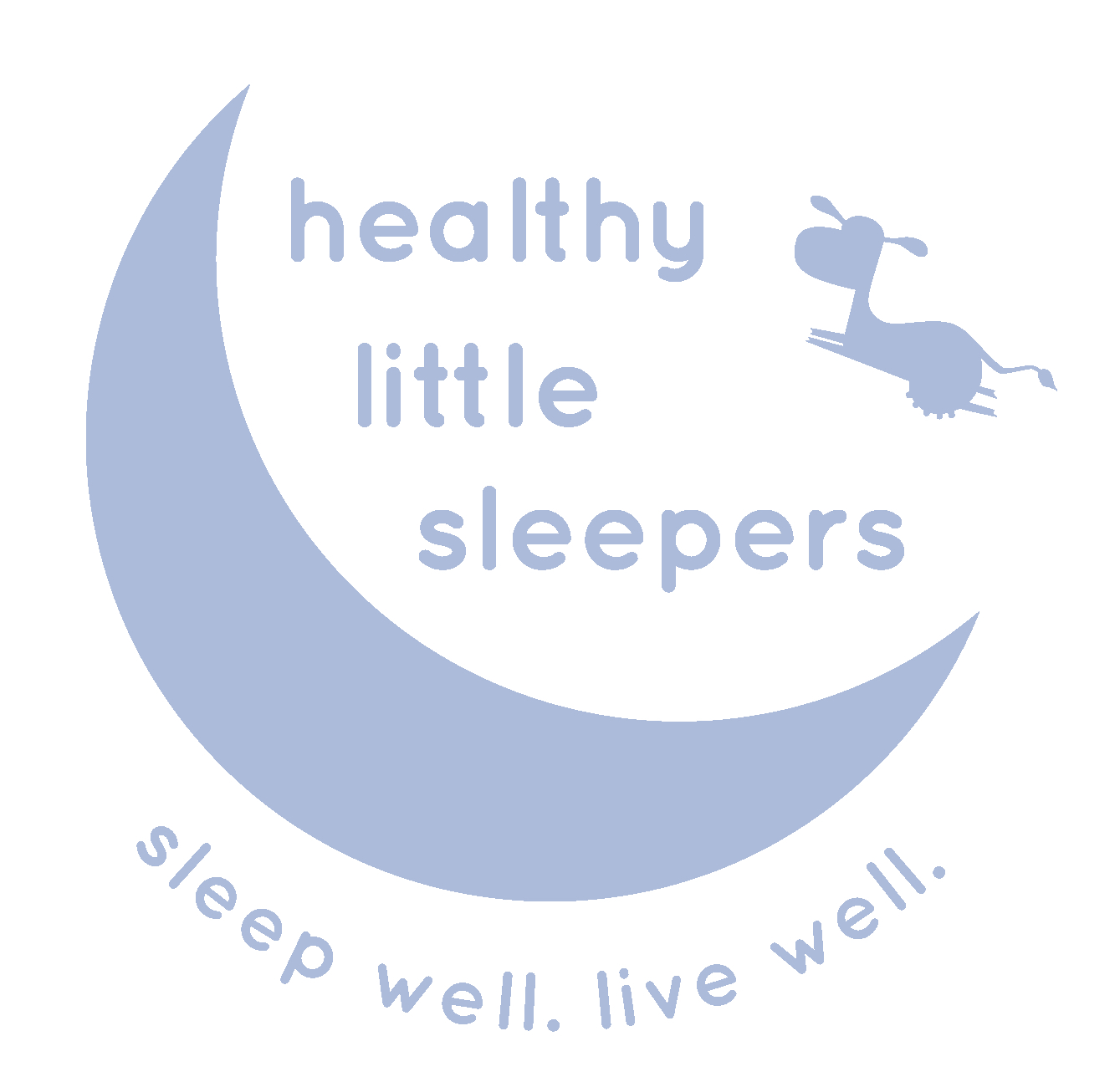How to Ease into "Falling Back"
Before becoming parents, do you remember the day where the end of Daylight Savings was a gift from heaven and you got that extra hour of sleep!?! Now, as parents, the words Daylight Savings means something completely different because our little ones don’t know the power of this extra hour. They like to get up at the a@% crack of dawn (insert crying emoji). Yep, now your little one wants to wake up at 5am instead of 6am. Sound familiar? When they don’t know any different, they are going to stick to the same ole patterns or take a much longer time getting there. So, it’s our job as parents to help them shift this. But how? What can you do to help your little one adjust and make a smoother transition?
First and foremost, if your little one’s sleep is still wonky (meaning they still have multiple night wakings and many cat naps throughout the day) then the guide below is not going to be very helpful. However, this might be a good time to start teaching them better sleep habits, or at the very least start getting your little one’s sleep hygiene in place. Sleep hygiene just means setting up a few things to make sure successful sleep can take place. This means: 1. Having your bedroom environment set up properly, 2. Taking biological sleep/wake timing into account, 3. Setting up a bed/naptime routine, 4. Getting your little one in the crib before you see those sleepy cues, and 5. Staying consistent. Once all of this is in place then you can start thinking about methods for teaching your little one how to sleep and moving forward with new time change.
If you already have a good thing going with nighttime sleep and naps (way to go!), then you can definitely use these approaches to adjust to the time change. If you are doing this for the first time, it only feels scary and daunting because you haven’t done it before (like most things are for the first time). It will take 3-5 days for your little one to adjust as long as you're consistent, so be patient and be prepared. Most importantly, don’t give up.
Before selecting an approach, you want to first think about whether your baby tends to be a flexible sleeper or a sensitive sleeper. Then the type of sleeper your little one is will help you determine an approach that would be most amenable. So, ask yourself, ‘Do I have a flexible sleeper or a sensitive sleeper?’.
Sensitive Sleepers – Babies are more susceptible to changes in sleep environment, routine, or schedule. They need more predictability in their schedules and more reliable nap/bedtime routines.
Flexible Sleepers – Babies are more likely to go with the flow, be able to sleep on the go, in new places, and not skip a beat with new changes and environments.
For sensitive sleepers, it’s important to adjust sleep time in small increments. Smaller increases of 15min later every two days often works well for sensitive sleepers. This just means the week before Daylight Savings, you will put your little one down for bed 15 minutes later than usual on the first night of your plan. Here’s an example using 7:00pm as bedtime.
For flexible sleepers, you have a little more leeway. You can definitely choose to do a similar approach to sensitive sleepers, or you can just change the schedule over 3 days (starting Thursday and push bedtime and other activities 20 minutes later every day. Or if you’re little one is super flexible, you can even go cold turkey. This just means on the morning of the time change, your little one will wake up when they do, and you stretch their bedtime to the new clock time. So 7:00pm is still 7:00pm.
The biggest mistake parents make is think about what time it was the day before. Nope. Don’t even do that. If you do, you are going to get stuck chasing your little one’s sleep and things can get all out of whack. Out with the old time in with the new time!
As a general rule, it’s a good idea to have a plan of attack in advance, so you can stick with it. Since Daylight Savings is literally around the corner, commit to a plan now, so come that Sunday morning, you’re not saying, "Oh crap! Here we go into a hellish first week of adjusting!"
For more tips you can check out: ‘3 Daylight Savings Tips – The Parent Dreaded Fall Back’
--------------------------
Susie Menkes, PhD is a Certified Infant + Toddler Sleep Specialist through the Family Sleep Institute (FSI) and is dedicated to helping families get their little ones to be healthy little sleepers. As a mom of two, she knows and understands what you are going through and is here to support, educate, and guide you on all matters related to sleep.



